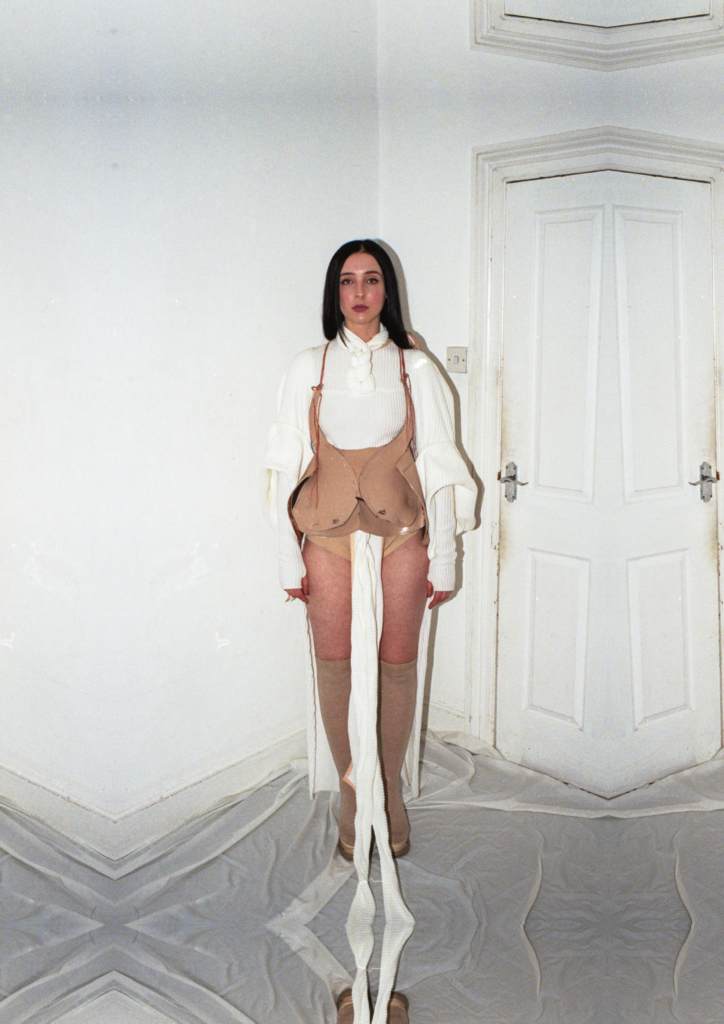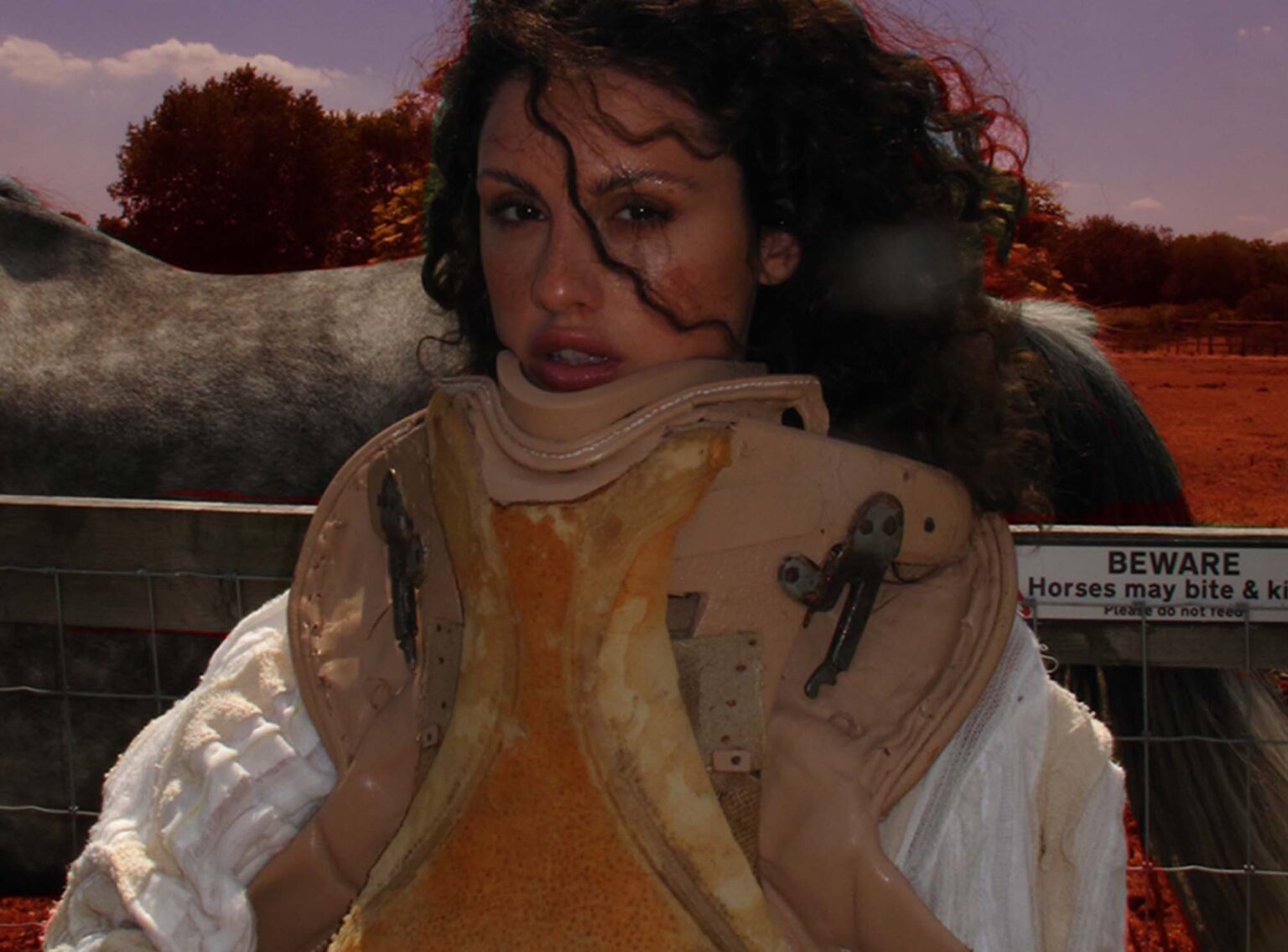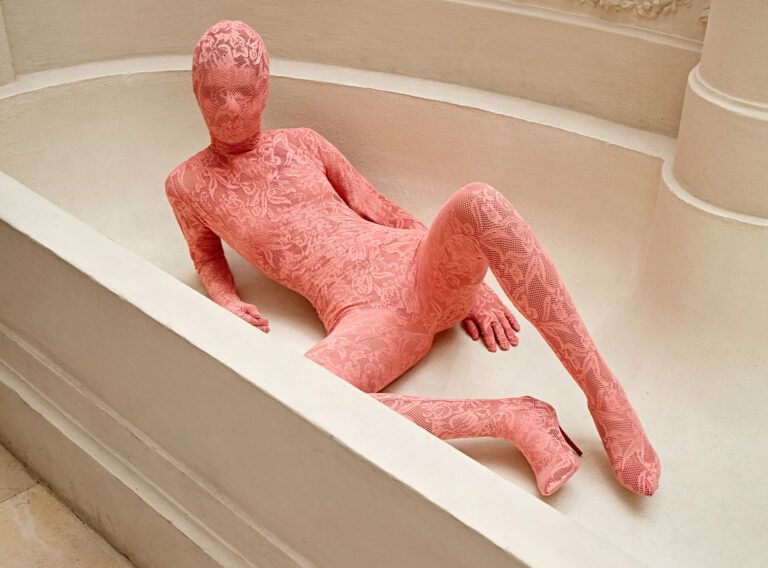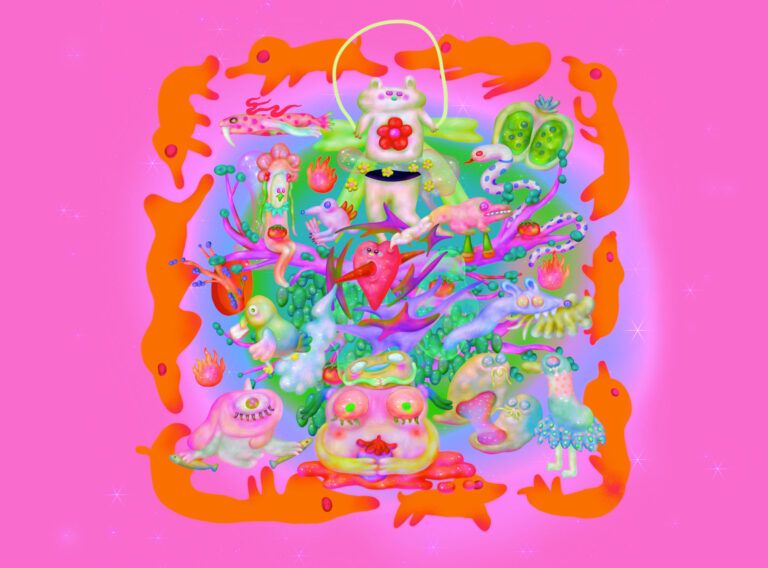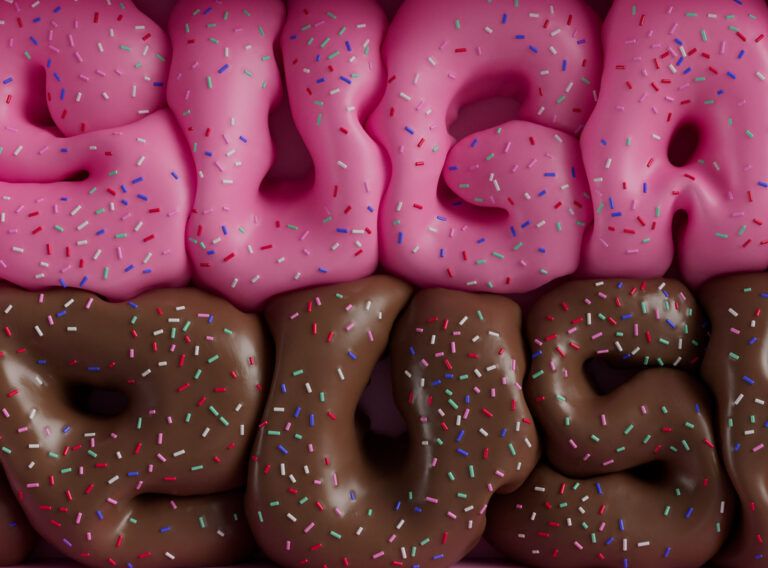You are not only a fashion designer but also a singer. How do you define yourself? Do you feel more like a fashion designer or singer?
I would say neither. I’m a multidisciplinary artist who explores fashion and soundscape simultaneously. In simpler terms, I do sing and design, but my process is more in-depth than I think people realize. I write my music and have produced most of the songs in my archive, as well as research. I recently took time to study historical pieces by working with the National Museum of Wales (St. Fagans) to access original manuscripts to inspire melody and poetry. My BA is in fashion design and I am a trained sample maker. There is a whole stream of creative consciousness backed up by technical skill and context. I’m still learning in practice and evolving, but it would be simply underwhelming to use labels such as designer or singer.
Music and fashion are intricately linked. Where do your music and design collide, for you, personally? And, on the other hand, where are they separated from each other?
They only collide if people want to see it that way. For me, I think my music and my costumes are intrinsically linked and birthed from my own personal identity. It’s all the same referencing (light or literal) to Celtic art, equestrianism, and my affinity with the natural/supernatural. People can dip into whichever aspect they want. I guess stylists will hire my pieces for shoots – Kim Petras recently wore my shoes for editorial, and probably doesn’t know I make music, and that’s fine. But the different elements of my creative expression are there to be discovered. I separate the two on social media pages but that’s just organization-wise. Whoever wonders will see the whole world that I’ve started to evolve under my name.
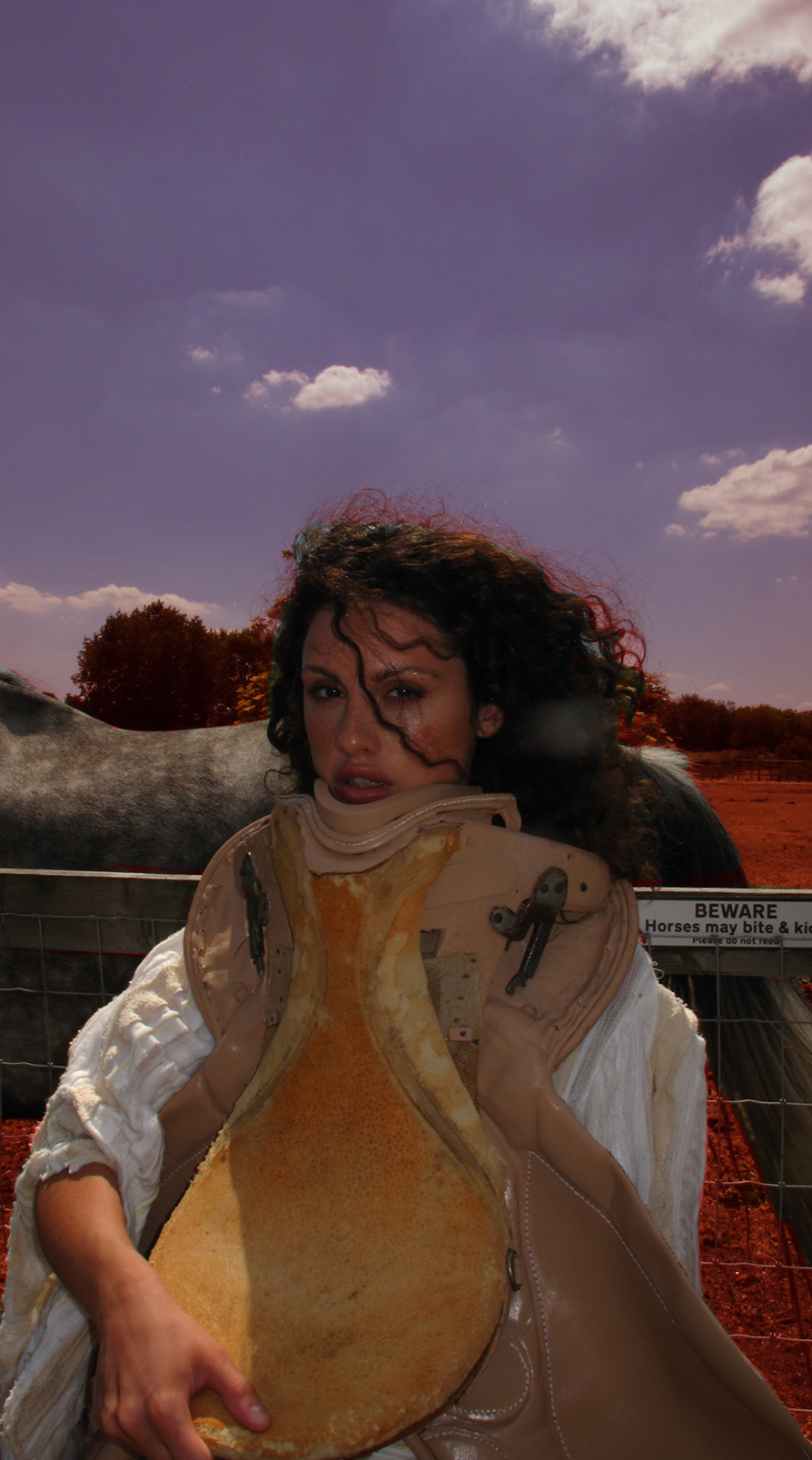
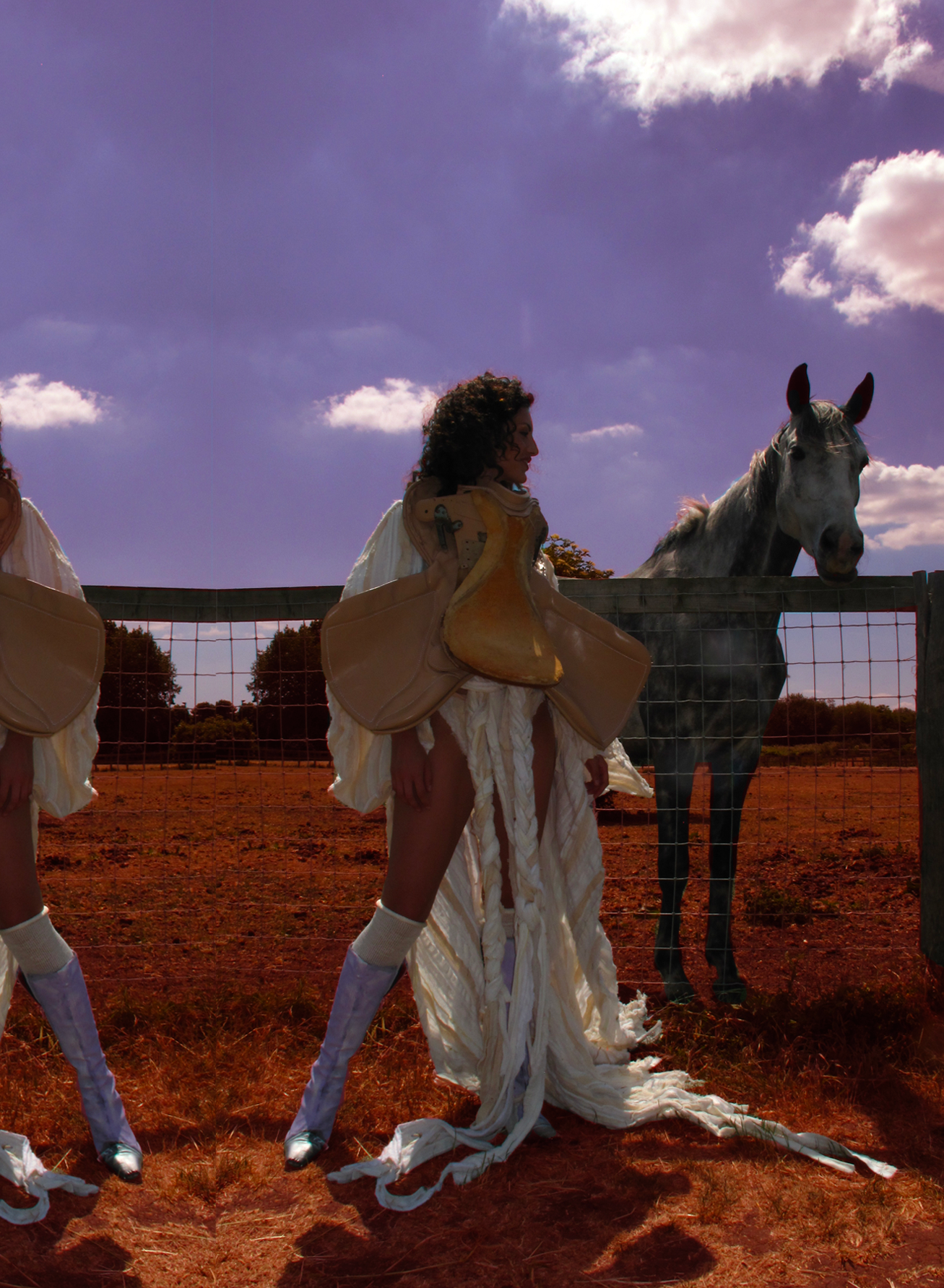
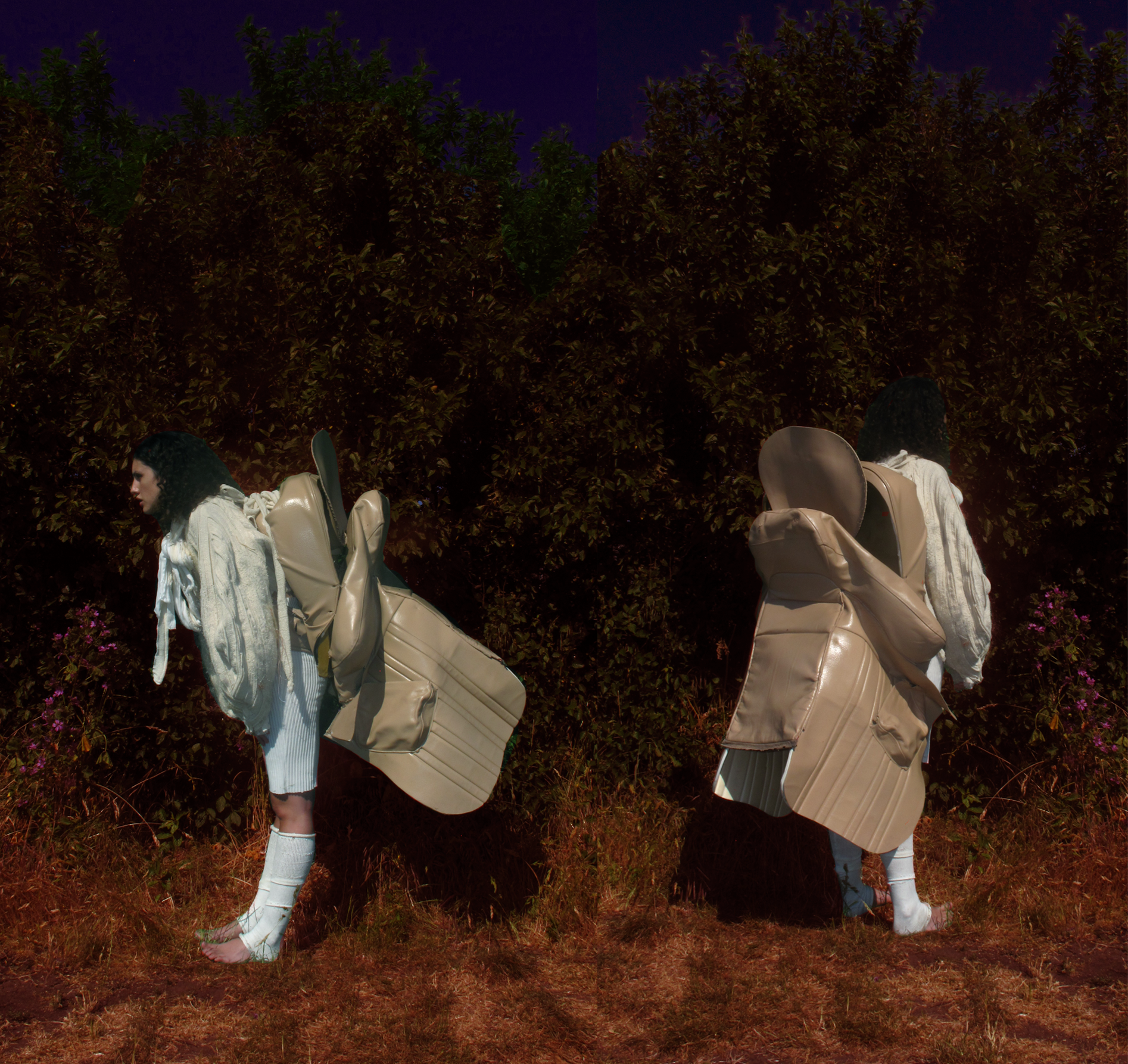
In your work, you explore the goddess of fertility, who bears the same name as you, Rhiannon. Why does she fascinate you? Did you find a bit of yourself in her?
She is fascinating to me because I was always steered away from her pagan and mystical origins by my Christian parents. I was brought up in one kind of religious family and my identity belonged to that. It wasn’t for me, it was for everyone else. As I grew older, I questioned what I believed and which path I should follow – so being a creative, I naturally wrote my own. I found the descriptions of Rhiannon really entrancing – her association with horses and her singing voice that could bring life or lull the living to sleep, her independence. I felt I could relate to the fantasy in a small way and it empowered my seemingly ordinary daily life. I never liked my real name, but discovering its origins made me proud of my roots, so I carved a new set of beliefs, this time finally in myself.
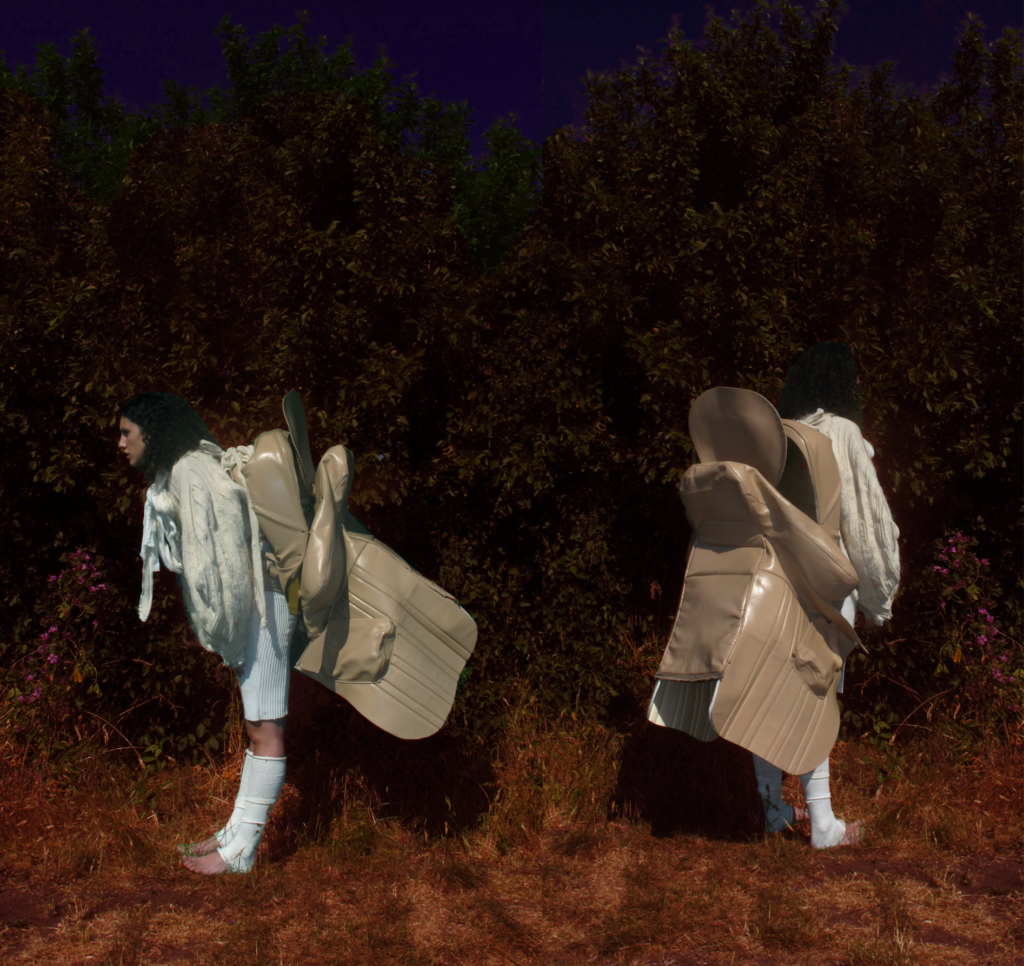
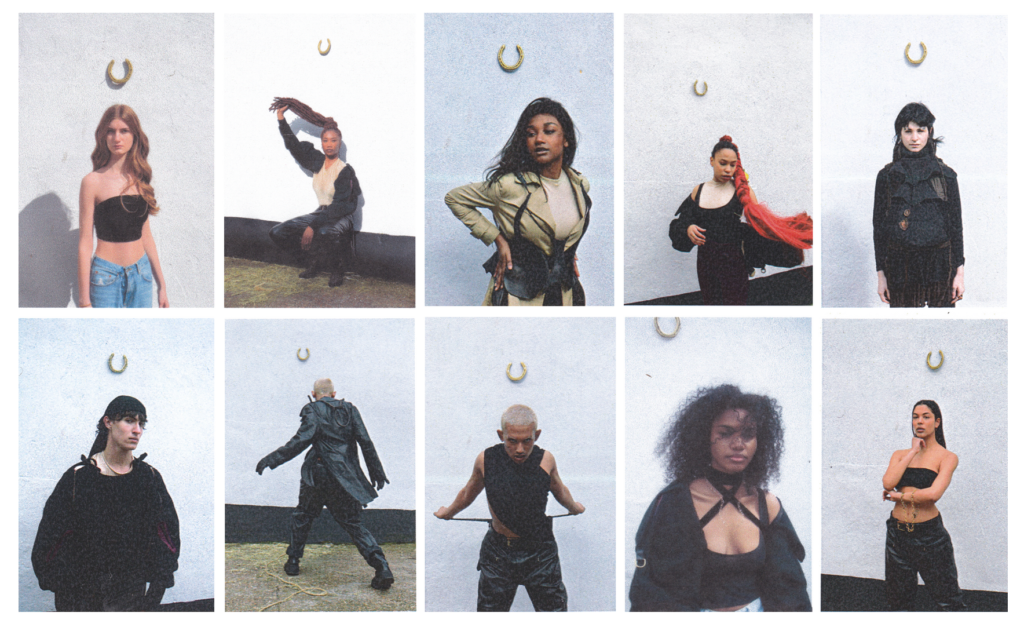
Another layer of your past collections is questioning how society idealized the female body and animal bodies. What is your approach to the body and its current ideal?
The approach I had formulated before was simply the observation between horses and the female form – similar curves, hair, a strong stance and silhouette. We glamourise, preen and name ourselves as we do horses. It was simply a comment on how the human urge to control and conform extends to the natural world, and moving forward it was more about being in affinity with the horse as opposed to a dominating force. And I think that’s it. The current ideal is to conform and control, be part of a system or dominating force, which says you’re only relevant if you look a certain way. I’d say just be in affinity with your own self and do what you really want to do.
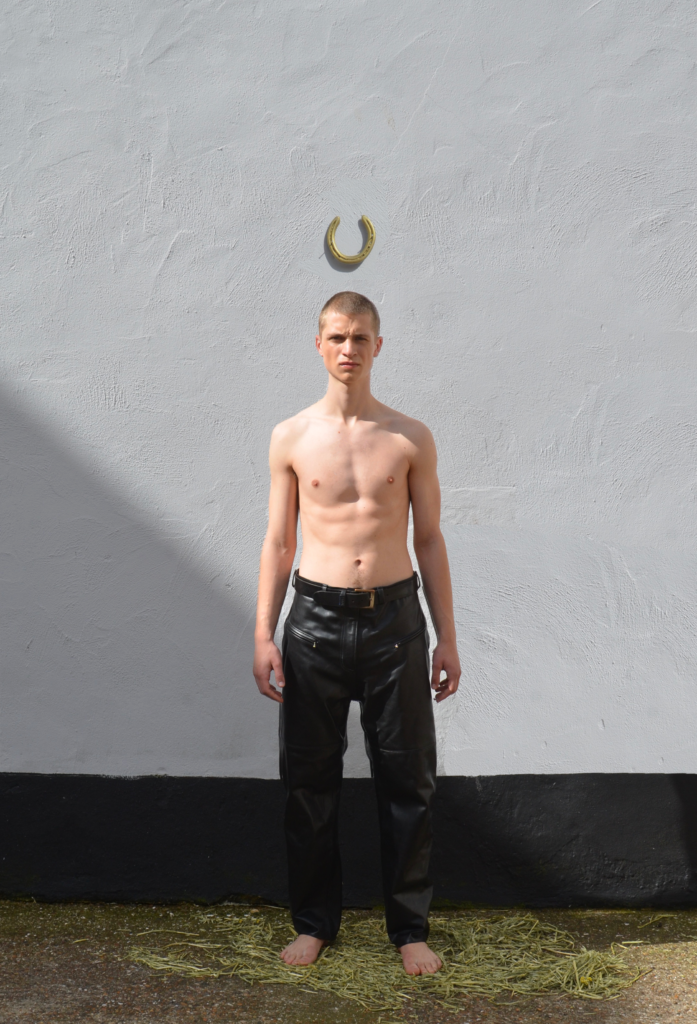
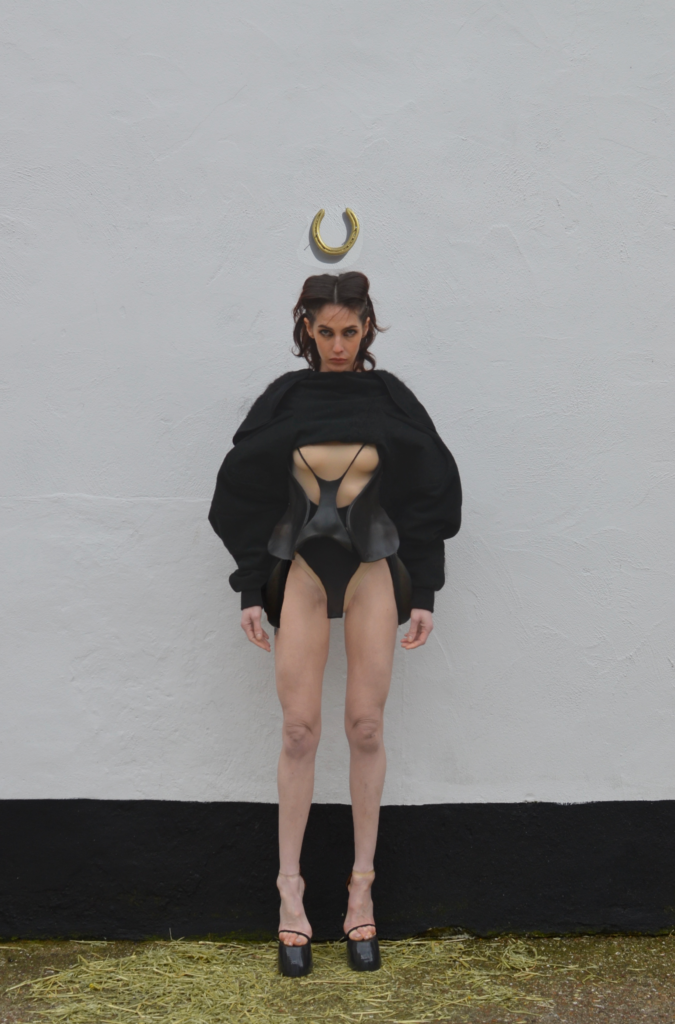
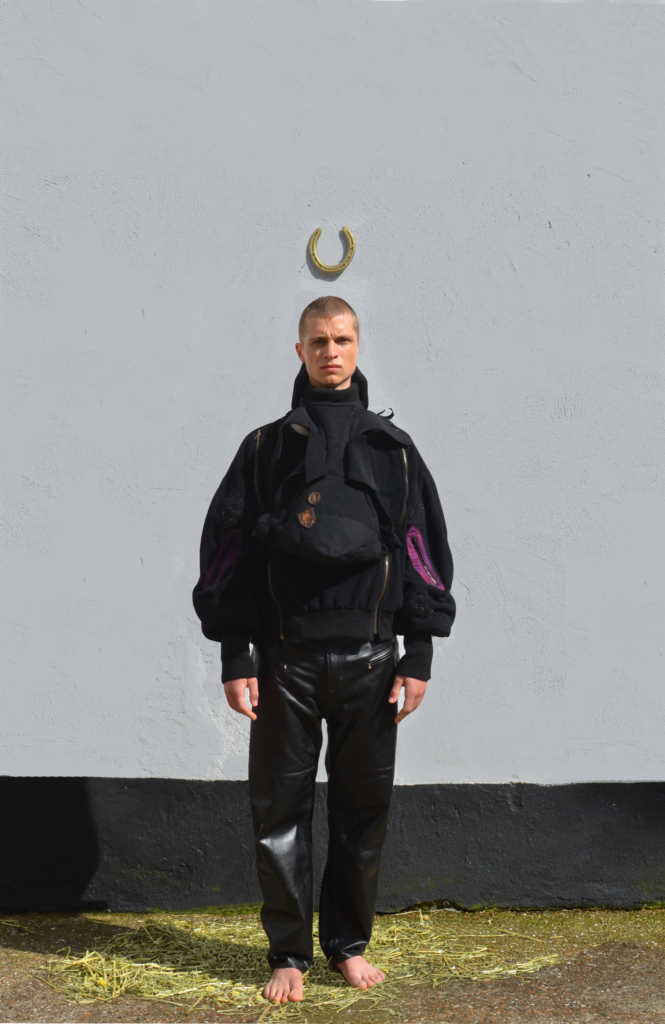
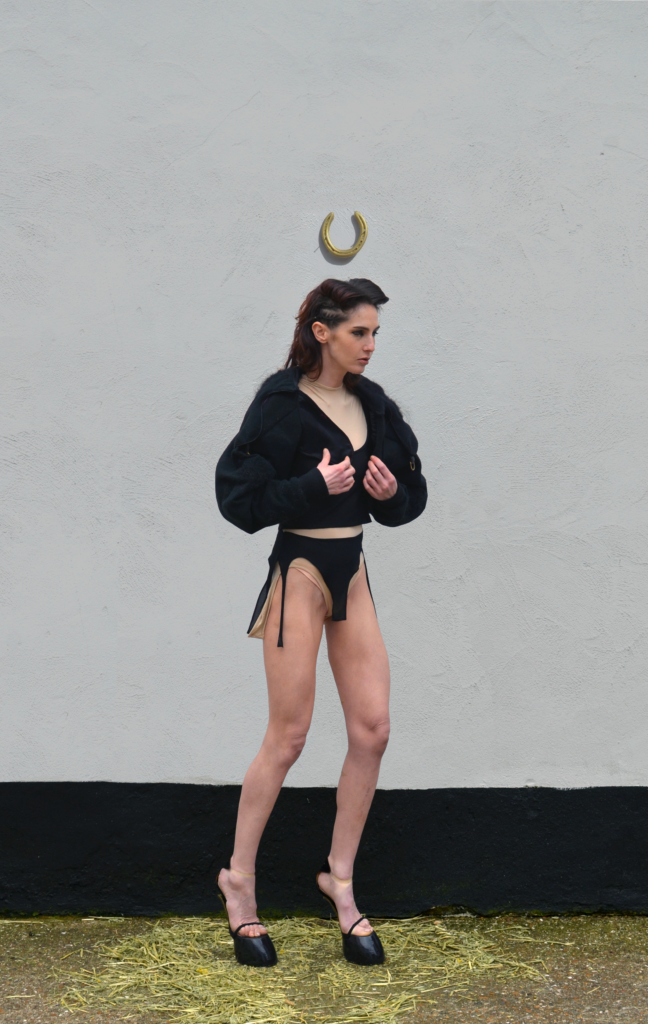
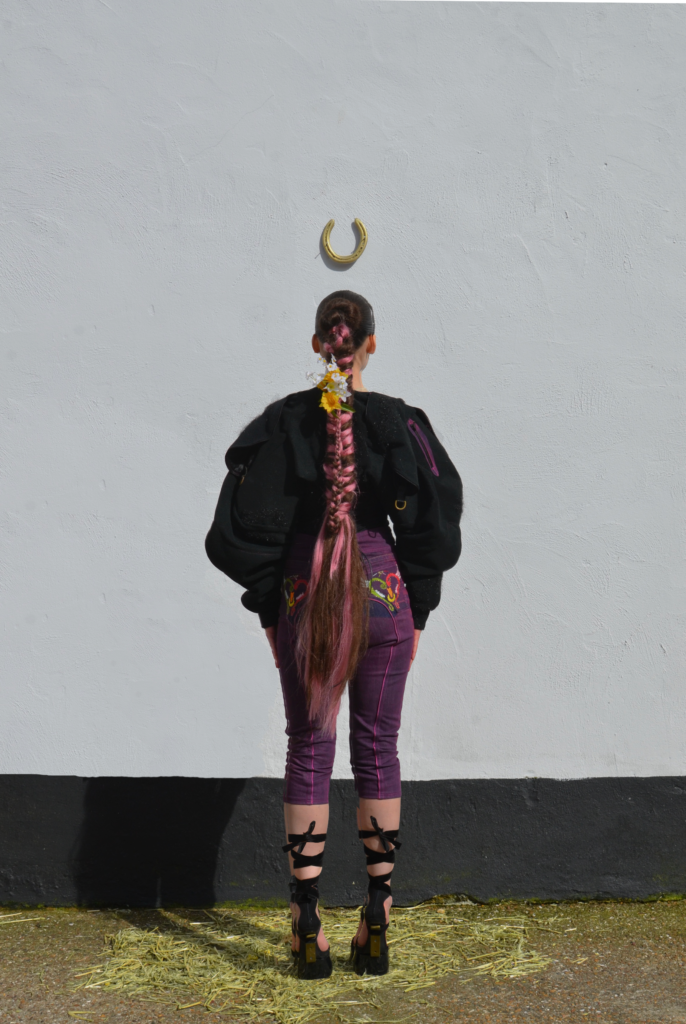
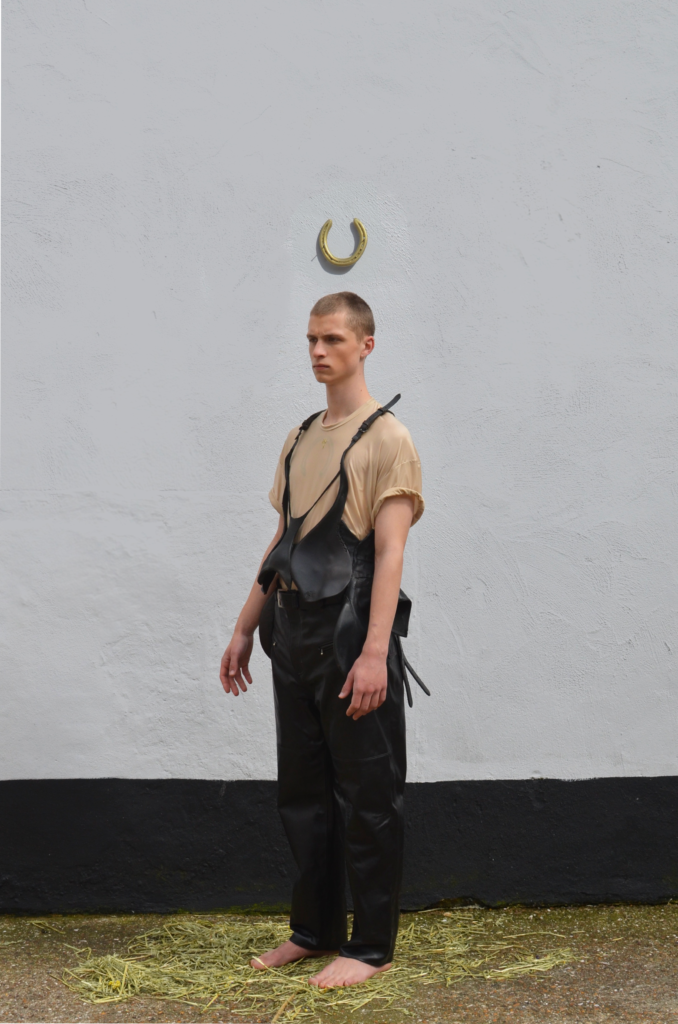
Sustainability is also a big part of your work. What have you learned about designing sustainably that you think is essential to keep in mind as a creator?
Growing up, my family didn’t have a lot of money, so since I have started my practice, I’ve been entirely self-funded. Simple things such as digging up old work and recutting, keeping a fabric scrap box, telling people about my work and accepting donations. These are a few sustainable ways to follow. For me, it started out as just economic survival and a way to maintain longevity as an artist, yet naturally it was also environmentally viable. My favorite examples are using the old leather threads that bind a saddle together for embroidery, or flocking hair from a leftover wig. It’s all fun and it’s also moral.
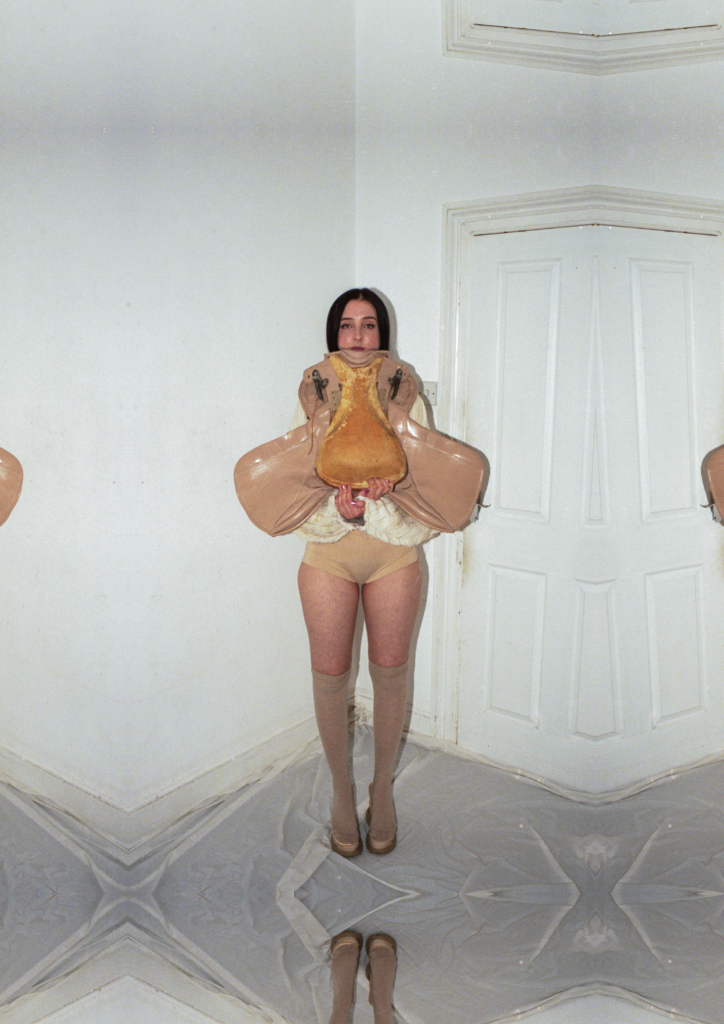
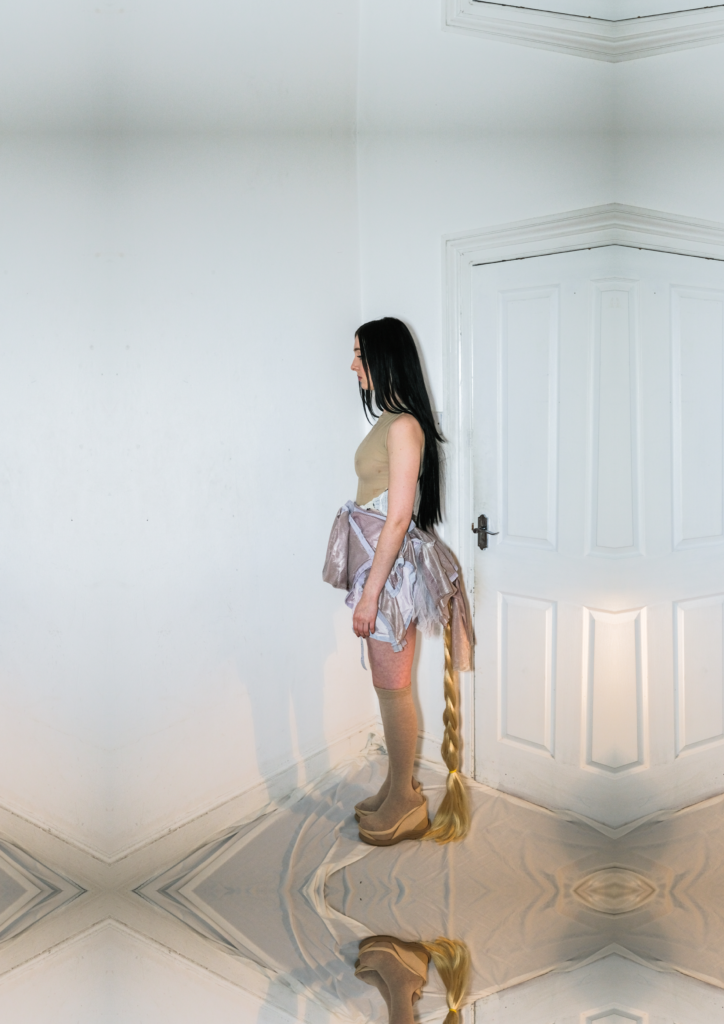
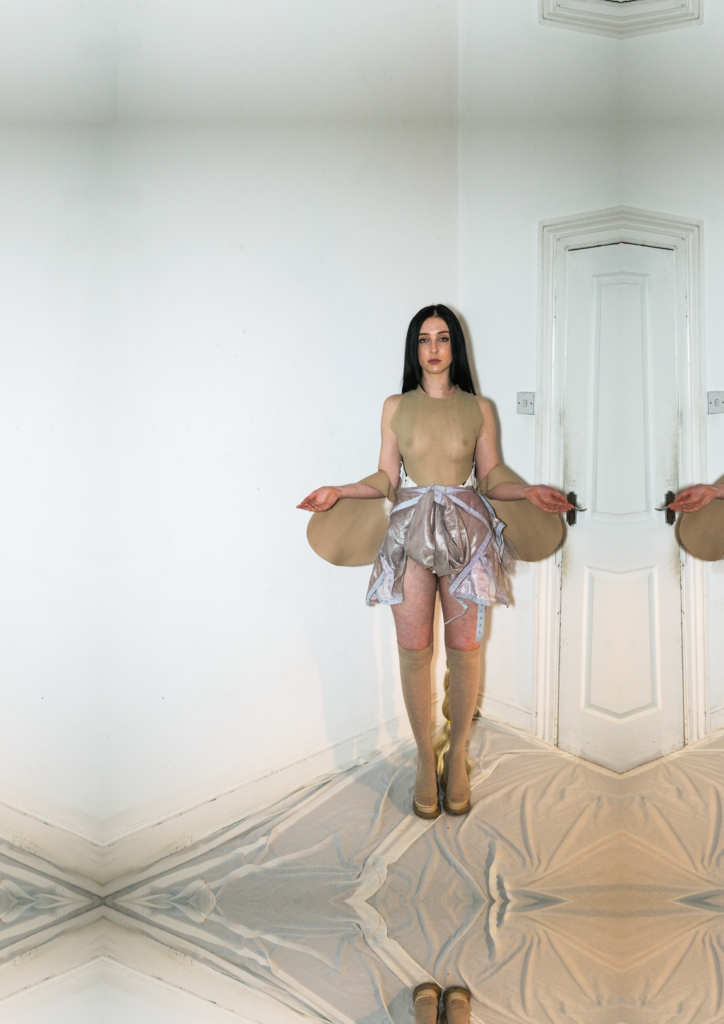
As per our current theme, the last question: do you have a soulmate animal?
The horse, but crows are relevant to me too. I took a spirit animal test and that is apparently mine haha. But interestingly the Goddess Rhiannon was known to have three mystical birds that always followed her (The Adar), whose song assisted her in waking the dead and lulling the living to sleep. So birds and horses, if I’m allowed two.
